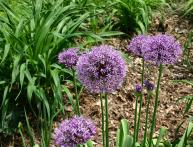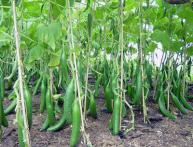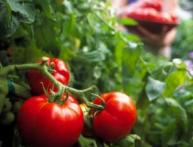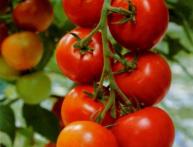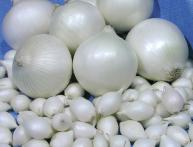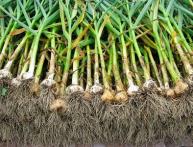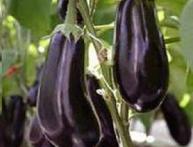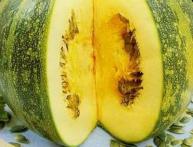Growing beets
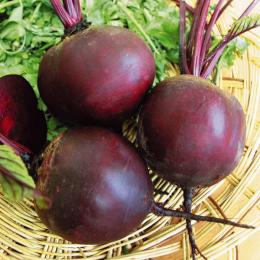
Table beets are a very valuable vegetable containing an incredible amount of sugars, including sucrose, polysaccharides, glucose, and acids (malic, citric, oxalic). Beets also contain a lot of iodine, phosphorus and potassium; they are one of the first on the list of vegetables rich in these elements.
Growing table beets requires compliance with certain conditions, first of all, the soil for this crop must be fertile; chernozem, dark gray podzolized, gray soils of light mechanical composition are ideal. You can also get a good harvest from cultivated lowland peatlands.
Table beets are considered a valuable product for diabetics; they are very useful for patients who suffer from obesity, kidney and liver disease, and hypertension, since when consumed regularly, it significantly reduces cholesterol in the blood.
This crop is quite demanding of heat, despite the fact that it is considered cold-resistant, so it is necessary to sow beet seeds in the ground at a temperature not lower than +6 degrees. The optimal temperature for emergence of seedlings is 25-26 °C. For the formation of roots after germination, the temperature should not be higher than 18 degrees, but if frost occurs or a sharp drop in temperature to 0 degrees, the seedlings may die. After the first 2-3 leaves appear on the seedlings, growing table beets becomes less problematic, since the seedlings can already withstand low temperatures.
Planting of table beets is usually carried out with calibrated seeds in two stages.The first sowing takes place in early spring, and the second occurs in mid-May. Vegetables obtained from the first sowing are used for consumption in the summer, and later ones are used for storage.

